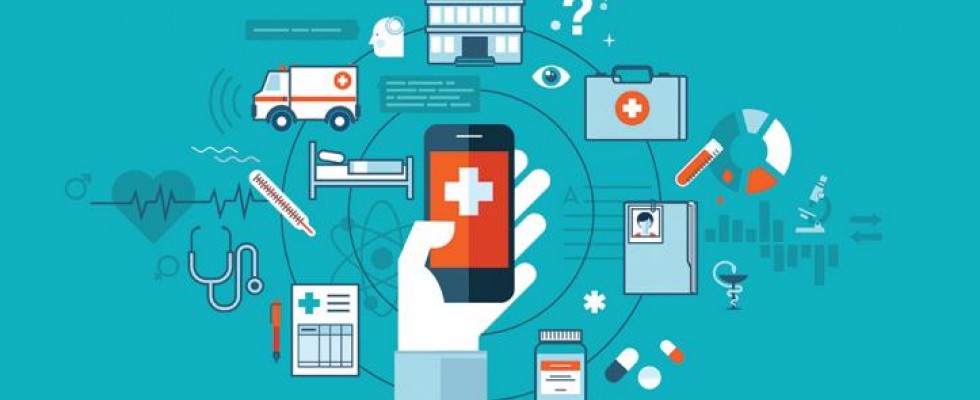
The senior population is growing at a rapid pace. Baby boomers are part of a unique generation that differs greatly from the generation that preceded them. They grew up with computers, and were early adopters of cellphones and then smartphones. This generation has lived a connected lifestyle, and they've shown that they want to continue this lifestyle as they age. M-health solutions provide a unique response to their health care needs and the needs of care providers. Connecting with seniors through new and innovative m-health technologies is on the rise across the entire health care spectrum, and the Personal Emergency Response System (PERS) industry is at the forefront when it comes to offering devices that aid in home care.
The Evolution of PERS
There's no denying that the PERS industry was stagnant for many years, only offering devices connected through a landline and only providing support to seniors within the confines of their home. Many in the industry coupled this device offering with fear-based marketing tactics, and they were successful in selling their product and keeping seniors in their homes. However, with the advent of mobile devices and smartphones, and a new generation of active and independent aging boomers, the old ways of the PERS industry weren't working any more. Seniors and their caregivers began to question why the mobile and GPS technology they used in everyday life wasn't available through their medical alert system. A medical alert device is designed to provide seniors with a sense of security knowing that emergency personnel are just a push of a button away. Shouldn't seniors have this same sense of security at the grocery store, doctor's office, shopping mall or wherever else they choose to spend their time? The simple answer is yes. With mobile technology at the ready, medical alert device providers realized the time had come to upgrade products to meet the needs of the active boomers. During the last few years, the PERS industry has made a major shift to offer mobile personal emergency response systems (mPERS) to meet the wants and needs of the tech-savvy boomer population. While some older seniors still elect to have the landline solution, many are going straight for mobile to continue to live an independent lifestyle. The onset of mobile medical alert devices was a big step forward for the industry and seniors, and it also marked a transformation for care providers and how they deliver care in the home.
A Proactive Solution to Home Care
In addition to providing on-the-go support to aging adults, mPERS provide innovative tools for care providers to remotely monitor a senior's vital signs such as weight, blood pressure and glucose, as well as routine activities each and every day. All of that imperative information is stored in the online account associated with the senior's device and available for review by the care provider. Online portals and mobile applications make it easy for care providers to review this vital information and activity reports anytime, anywhere. They can even opt-in to receive real-time emails and text notifications to allow for even greater visibility into the senior's day. When care providers have vital information at their fingertips, they can get out in front of the senior's issue before it gets serious. Prior to the offering of mPERS, care providers were unable to achieve this level of visibility into the daily life of a senior without making a visit to the home. Mobile monitoring helps cut down on the need for home visits each week and gives care providers the flexibility to see more patients in a given day. Mobile medical alert devices not only cut down on visits, they have also proven to keep the senior in the home longer, extending the need for home care over a more extended period of time. There are also significant cost savings associated with mPERS. For the senior, the proactive monitoring approach can lead to fewer trips to the physician, and the in-home and on-the-go medical personal support greatly reduce the chance of an ER visit. Mobile medical alert devices have turned a once-reactive method of care into a long-term proactive solution. These devices are available without insurance or a doctor's referral, which is why they are so critical to the advancement of m-health and telehealth solutions for the senior population. Mobile monitoring is just the first step in helping more seniors age in place with the help of the latest technologies and remote services. And, most importantly, care providers can achieve greater peace of mind and rest easy knowing that they can check in on the senior at any time from anywhere.




